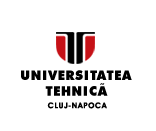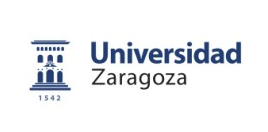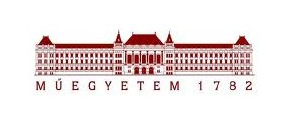Welcome!

|
Dr. András Majdik
Ph.D. University of Cluj-Napoca 
|
Email: majdik (at) ifi (dot) uzh (dot) ch Office: Andreasstrasse 15, AND 2.20 Phone: +41 44 635 68 23 |
Short CV
Currently I am a postdoctoral researcher with Davide Scaramuzza at the Robotics and Perception Group, University of Zurich, Switzerland.
I received a PhD in 2011 form the Technical University of Cluj-Napoca (TU Cluj) in the field of Simultaneous Localization and Mapping of mobile robots. My PhD thesis was co-advised by Prof. Dr. Gheorghe Lazea from Robotics Research Group, TU Cluj and Prof. Dr. José A. Castellanos from Robotics, Perception and Real Time Group, University of Zaragoza. I graduated in 2008 from the Faculty of Automation & Computer Science, TU Cluj, Romania with an MSc in engineering.
I worked as a visiting researcher: from March to November 2010 at the Department of Computer Science and Systems Engineering, University of Zaragoza, Spain; from January to April 2011 and from July to September 2012 at the 3-D Vision and Mobile Robotics Research Group, Department of Control Engineering and Information Technology, Budapest University of Technology and Economics, Hungary.
Volunteering: I regularly review papers for the following conferences: IROS, ICRA, AQTR; I was a local organizing committee member at RSS�10 and AQTR�12.
Please contact me for an up to date CV.

|

|

|
Research interests
Visual SLAM, Autonomous micro air vehicles, Urban scene recognition
Projects
MAV urban localization from Google Street View data
We tackle the problem of globally localizing a camera-equipped micro aerial vehicle flying within urban environments for which a Google Street View image database exists.
To avoid the caveats of current image-search algorithms in case of severe viewpoint changes between the query and the database images, we propose to generate virtual views of the scene, which exploit the air-ground geometry of the system.
To limit the computational complexity of the algorithm, we rely on a histogram-voting scheme to select the best putative image correspondences.
The proposed approach is tested on a 2km image dataset captured with a small quadroctopter flying in the streets of Zurich.
The success of our approach shows that our new air-ground matching algorithm can robustly handle extreme changes in viewpoint, illumination, perceptual aliasing, and over-season variations, thus, outperforming conventional visual place-recognition approaches.
References
Adaptive appearance based loop-closing in heterogeneous environments
Budapest City Center data set
In case you would like to get a copy of the data set, please don�t hesitate to contact me.
References
Contact me!
AddressRobotics and Perception Group Department of Informatics University of Zurich Andreasstrasse 15 8050 Zurich Switzerland |
ContactDr. András Majdik Room: AND 2.20 Email: majdik@ifi.uzh.ch Office: +4144 635 6823 |




